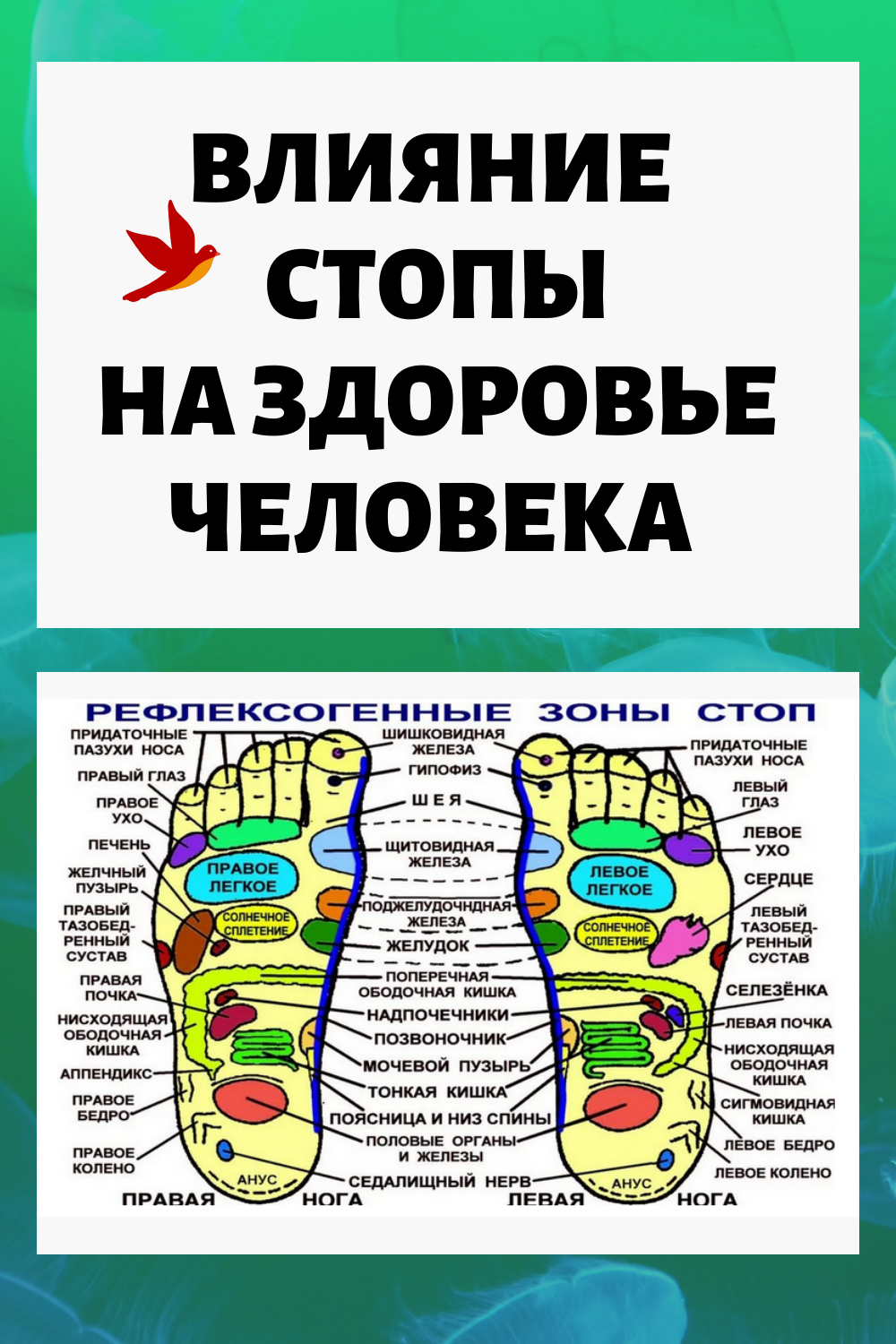We constantly rely ON THE FOOT , and if this support is asymmetrical , incorrect , everything that is above it begins to collapse! so important in human health that all efforts aimed at building muscle can be useless if there are problems associated with the foot. You can deadlift lifting a 250-kilogram barbell , pulling up 150 times , but if you have problems with the arch of the foot , then all your incredible muscles stop working even with normal walking.
On the importance of foot health
The foot must be stabilized by certain muscles. All bones must be stabilized due to good tone of the posterior tibial muscle , be strictly in their specific place.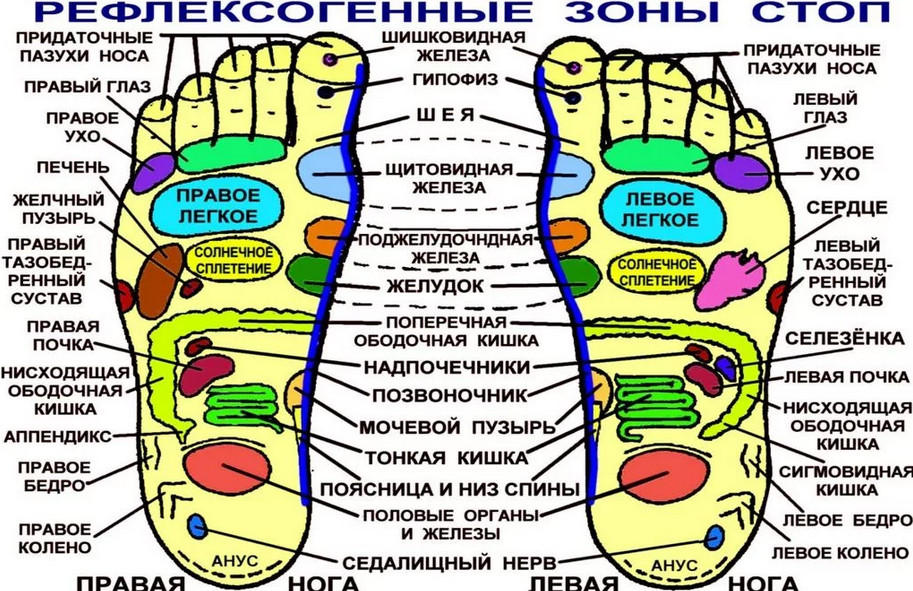
If at least one of them is displaced , it already gives a response throughout the body. For example , your navicular bone has fallen , and the shoulder on the same side also falls. The latissimus dorsi ceases to function either on one or both sides.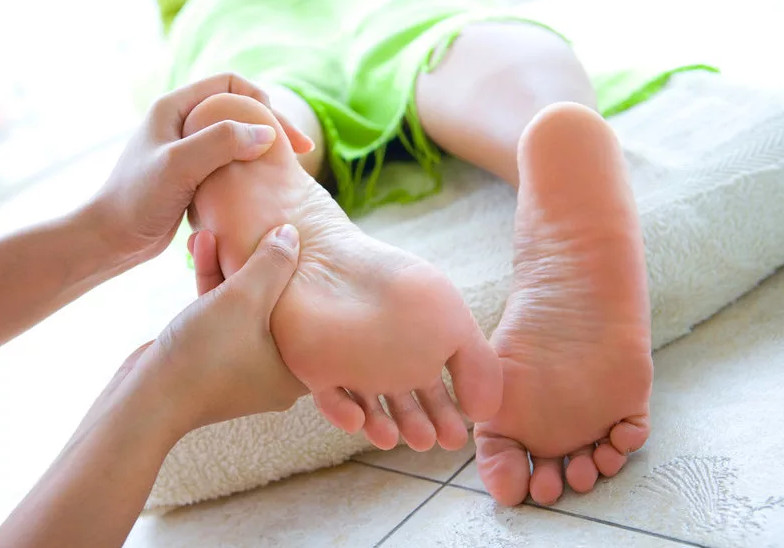
You start to treat the shoulder , which can really hurt , and nothing below will bother you. You will only pay attention to your shoulder. Therefore, it is so important to find the relationship between such things ( see fig.).
Stops that affect everything
There is nothing incredible about this. For example , if you build a house on a sloping surface , then you should not be surprised why it squinted or fell. Also with the feet: if you stand on "crooked" feet , it will not be a surprise if something sooner or later hurts you.
The displacement of the bones in the foot is one of the most important disorders that must be eliminated with treatment. If you keep foot problems , then everything that you have trained will weaken again after a while We constantly rely on the foot , and if this support is asymmetrical , incorrect , everything that is above it begins to collapse!
The foot consists of many small bones arranged in several rows. The largest of them are the heel and talus. The latter is located immediately above the calcaneus and forms, together with the tibia and fibula, the ankle joint.
The talus tends to move forward. The tibia and fibula , which form the so-called fork , form the ankle joint with the talus.
The tibialis posterior and fibula are held together by the tibialis posterior muscle , which reinforces the interosseous membrane.
When there is weakness of the posterior tibial muscle , the tibia and fibula begin to diverge to the sides , instability of the ankle joint occurs. The talus also loses its stability and moves forward ( see figure).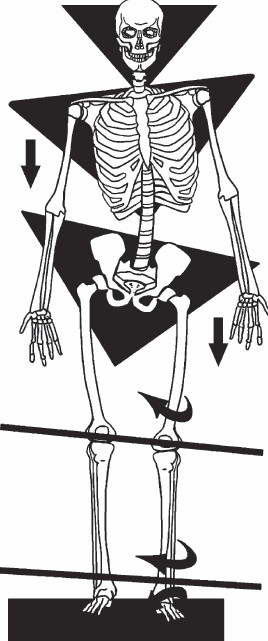
Stops that affect everything
This causes weakness in the muscle that flexes the big toe and thus affects stride length.
If the step becomes shorter , all the muscles involved in the process of movement lose their tone to some . All of them simultaneously work with the extensor of the foot and with the extensor of the thumb. Therefore, problems can appear from this small muscle in any part of the body - both in the knee joint , and in the ankle joint , and even in the shoulder. All because of the asymmetry of the step when walking.
If we pick up a group of people who have a displacement of the talus on the right leg and ask to walk , then we can observe that their right foot step will be shorter than the left foot step.
If the same group of people is sent to the forest and left there , they will not be able to find their way home on their own. They will start walking in circles and eventually get lost , and all due to the fact that they have different stride lengths.
When there is weakness of the posterior tibial muscle , the tibia and fibula begin to diverge to the sides , instability of the ankle joint occurs. The talus also loses its stability and moves forward ( see figure).
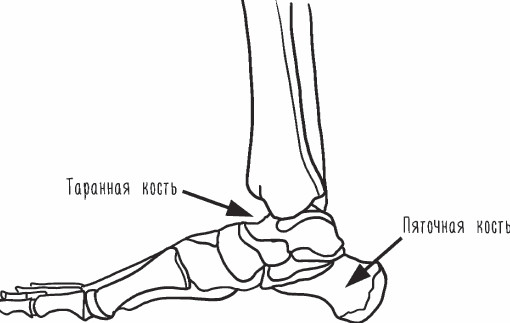
The heel bone is shaped so that during the step , when we put the foot forward and transfer the weight of the body to it , it comes into contact with the surface at a certain angle. There should be a sufficiently large extension in the foot. The angle between the foot and lower leg must be less than 90 degrees.
The foot during the step should be unbent so that the pressure on the calcaneus is at such an angle that if you continue the line through the calcaneus , then it will be on the same axis with the tibia.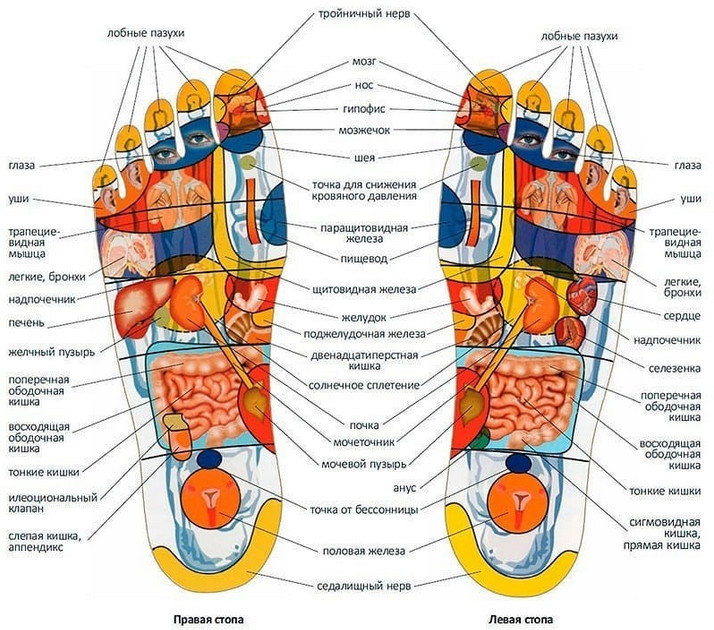
If this movement of the foot is defective , that is, the foot does not extend enough , there is excessive pressure on the calcaneus and it shifts back. This leads to a change in its position , as well as the tension of the plantar aponeurosis.
On the foot is plantar fascia , which has a certain tension. When the position of the calcaneus is changed, the plantar aponeurosis is stretched and the places of its attachment to the periosteum of the calcaneus are irritated. The periosteum is injured , micro-ruptures of the plantar aponeurosis occur at the point of attachment to the periosteum of the calcaneus.
An inflammatory process begins , and then ossification , that is, the deposition of calcium salts at the site of damage to the plantar aponeurosis , leading to the formation of a heel spur ( see Fig.).
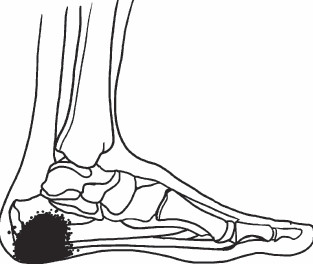
Stops that affect everything
You can try to cure a spur with the help of “miraculous” ointments , various balms , steam in a bath , talk , try shock wave therapy , etc. But if you walk and “slap” your foot with every step , if you don’t have the right foot extension , you can do anything , but your plantar aponeurosis will be injured all the time.
One of the first signs of improper foot movement is an unevenly worn heel.
Look at your shoes , in which you walked for at least a couple of months. If the heel is not trampled on the back , but a little outside , this is a sign that the foot does not fully unbend.
You can work on strengthening the gluteal muscles , the extensors of the back , the latissimus dorsi , but if there is a problem in the foot , every time you stand up , , the arch of the foot is not held.
The latissimus dorsi , glutes and rhomboids will immediately turn off , as they all react to the foot - to how the weight is distributed on it , to how the foot is involved in the step.
Save yourself so you don't lose
